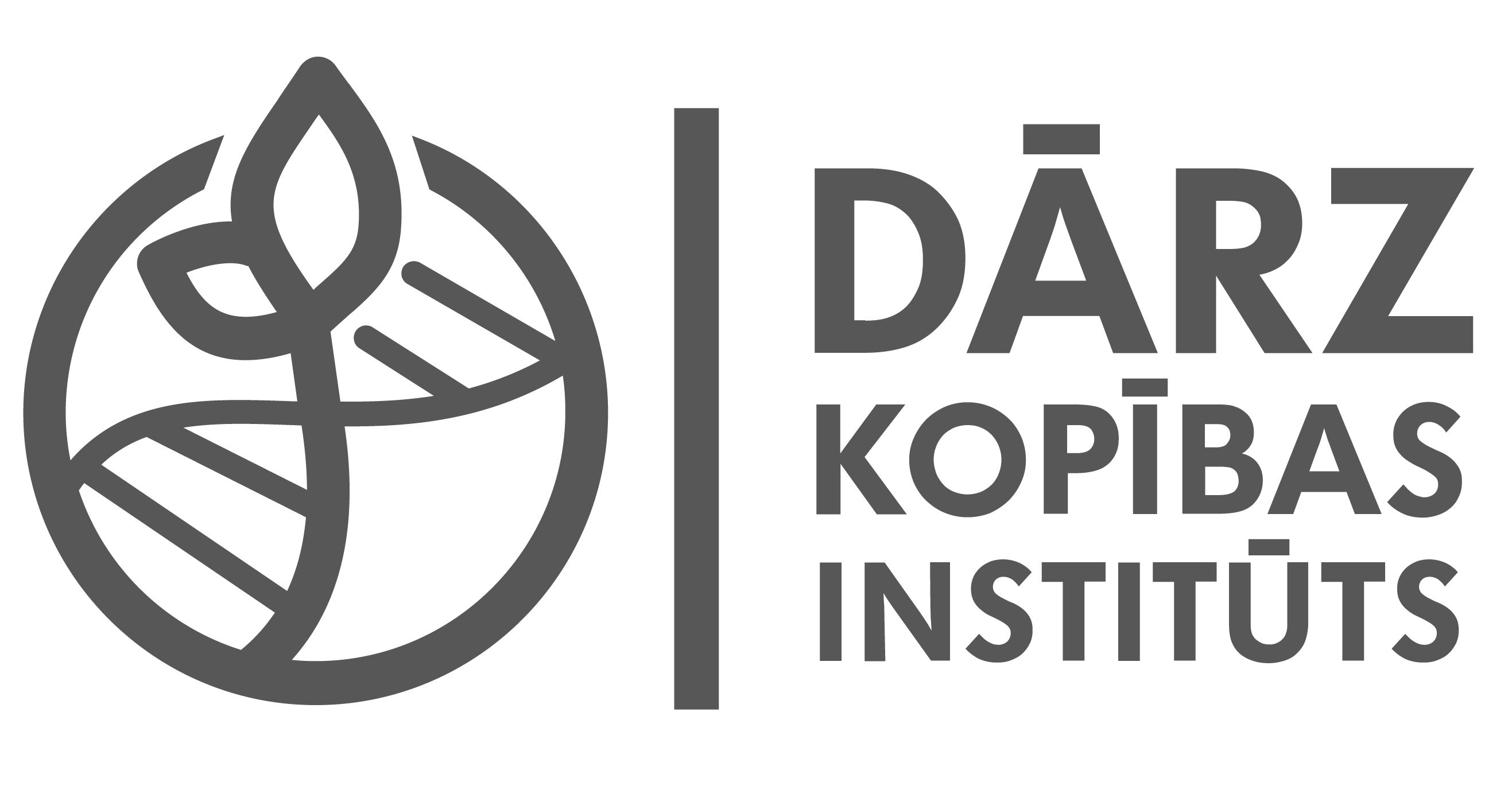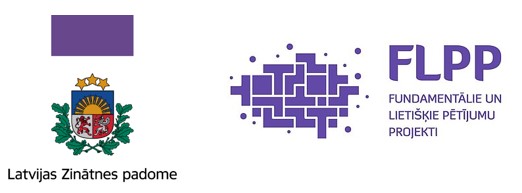Smart non-invasive phenotyping of raspberries and Japanese quinces using machine learning, hyperspectral and 3D imaging

Fruit production is one of the key bio-economy sub-sectors - agriculture and food production - with potential in Latvia. It covers a wide range of crops, has an important niche in the overall structure of the agricultural sector, high profitability and development potential (growing demand for local fruit in the Latvian market and expanding exports of original, functionally active processed products). Raspberries and bush cactus are important commercial fruit crops in Latvia, with rapidly growing areas. In the light of climate change and the growing importance of environmentally friendly cultivation technologies in fruit growing, the demand for new varieties is increasing. Precision technologies are also increasingly being used in breeding to speed up the selection process. Combining previous knowledge in raspberry and Japanese Quince breeding with modern machine learning techniques can increase the efficiency of the breeding process, reducing the time and labour required.
Project
Develop methodology and tools for highly efficient and accurate non-invasive of raspberry and Japanese quince yield components
Project tasks
1) to develop a methodology for phenotyping raspberry and shrub-zucchini yield components using 3D and hyperspectral images and machine learning
2) validation of 3D and hyperspectral image datasets for the development of machine learning based on environmental sensor data and validated phenotyping methods.
3) Develop a prototype machine learning system for accurate phenotyping of raspberry and Japanese quince crop elements.
Project collaborator: Institute of Electronics and Computer Science (Elektronikas un datorzinātņu institūts)
Staff involved: Kaspars Sudars, Jānis Judvaitis, Rihards Balašs, Ivars Namatēvs, Ansis Skadiņš
The project seminar presentations from April 6, 2022, have been added and can be viewed below (LV)
